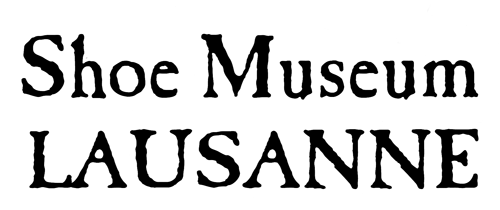Some characteristics of the Shoe Museum differ from conventional museums. First, its location in a street level shop is unusual. The showcase for temporary exhibitions is visible day and night. This space has become an attraction for many people walking through the city streets and has become a favoured spot for the guided city pedestrian tours. Because of the shop window, the permanent exhibition is on display, even if the museum is closed.
![]()
![]()
The most appreciated feature is that visitors are encouraged to handle everything, except the guides of course. 😉
A visitor is invited to discover the collection with their hands, making the visit particularly accessible to the visually impaired. The experience of a historical object is more intense if you can hold it, handle and observe the details from close up.
![]()
![]()
The museum and its specialists travel on demand to educational institutions, public events or groups wishing to experience history through familiar objects still in use. This facilitates the possibility of comparing the past through an everyday object. Shoes and their history serve as a pretext for addressing current topics (fashion and society, mobility, culture, art history, economics, technologic developement etc).
It also is a working museum where the exhibition items are produced. What other museum creates its collection within its own walls? The long-term goal is to reconstruct about 400 shoe styles known in European archaeology. The real treasure of the collection is an intangible heritage; the result of collecting forgotten working methods and know-how. What you see at the museum is a byproduct of research, a materialization of this invisible heritage.
![]()
